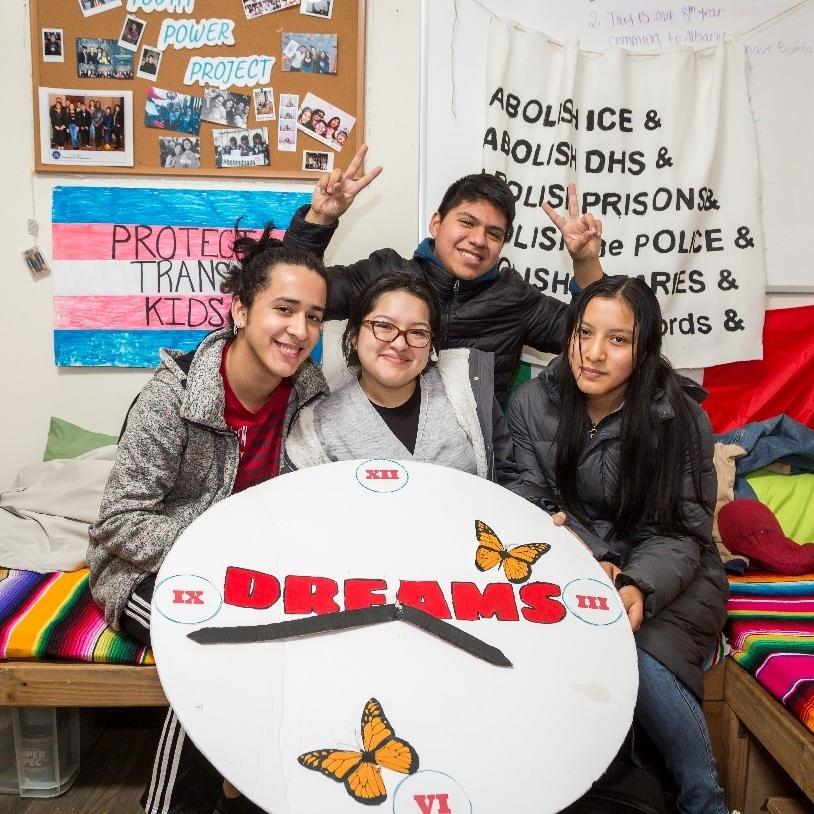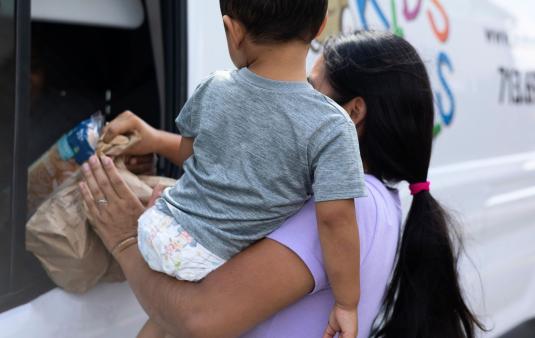Since 1997, the members and staff of Make the Road New York (MRNY) have worked tirelessly to secure justice and dignity for low-income and immigrant New Yorkers.
“Someone may come to us with an immediate challenge—for instance, they don’t have heat or hot water. We get that issue resolved and connect them to other MRNY services, such as health counseling. But we also investigate the broader situation. There may be other tenants in the same or similar buildings facing the identical problem because there is a loophole in the law,” says Julie Miles, Director of Development & Communications. In those cases—and to counter larger issues of injustice—MRNY works towards systemic change, drafting policy solutions at a city, state and federal level.
At offices located around New York City, Long Island and Westchester County, NY, MRNY also provides hands-on education: job training, computer skills, English as a second language courses, high school equivalency classes. They prepare families to take action if one family member is deported; they educate new arrivals about healthcare, SNAP (Supplemental Nutrition Assistance Program) and other benefits. They also offer space for the visual and performing arts that provide a vital link to the cultures these immigrants left behind.
Demand for MRNY’s services has soared in recent years. Not surprisingly, MRNY outgrew its space. “We were spending a lot of administrative staff time juggling meetings and classrooms. It was difficult for attorneys and health counselors to have confidential conversations with clients. And we couldn’t bring on more staff, because there was nowhere for them to work,” Miles explains.
The solution: a new 24,000-square-foot landmark community center, which doubles MRNY’s programmatic capacity. The building, conveniently sited next to a subway stop, features classrooms, private meeting rooms, a large auditorium, and many spaces for people to gather. Mostly glass, the building enables people passing by to see what is happening inside, inviting them to be part of it. Miles notes, “The architects spent a lot of time thinking about how to make people feel welcome, safe and free to be themselves.”

